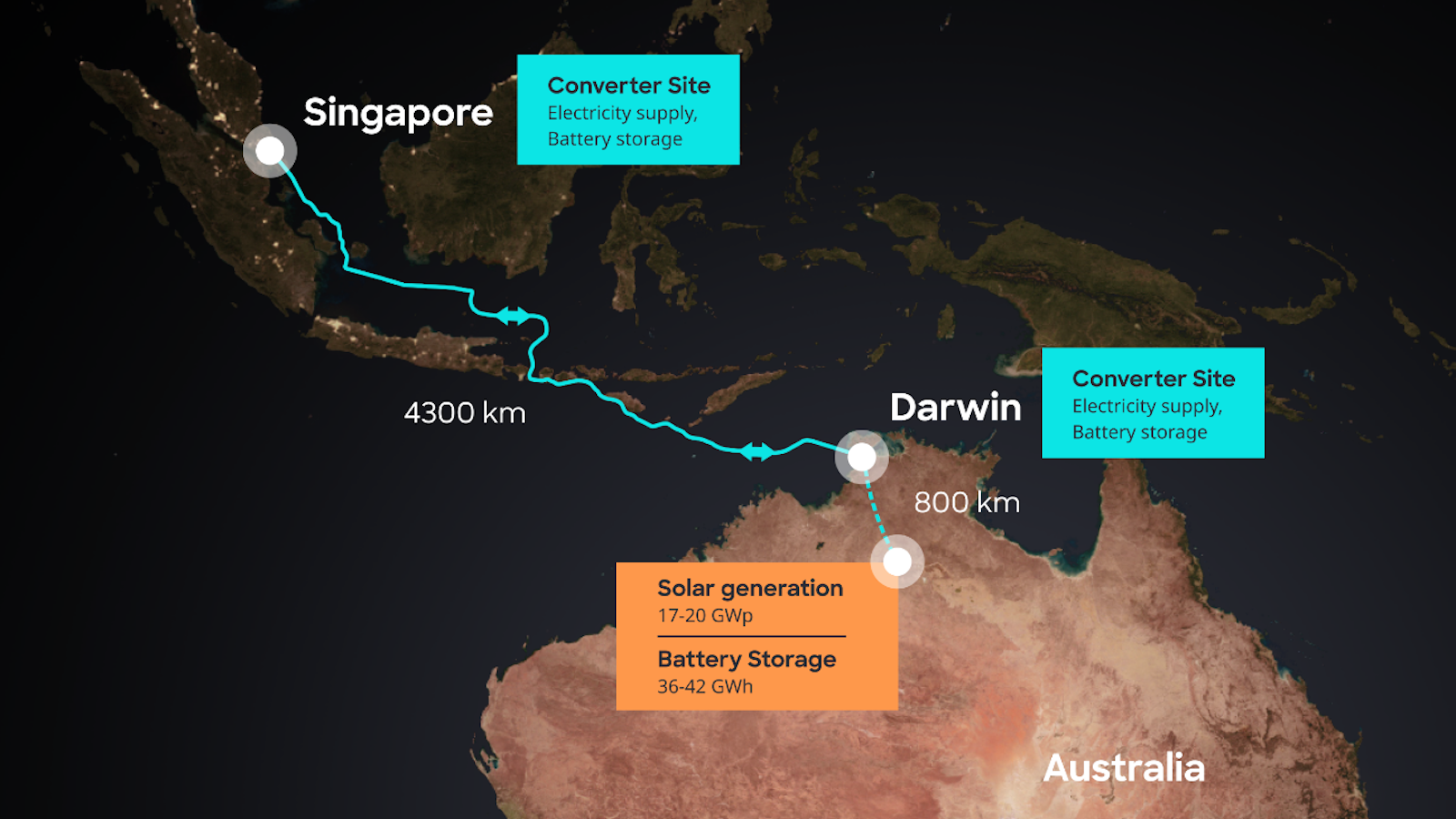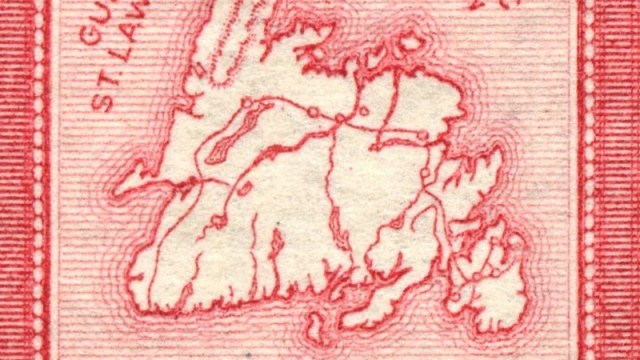34 – The 6 Regions of Movie Viewing
This isn’t a political, but a commercial world map: it specifies the six distinct global ‘DVD regions’ of the world. DVD is short for ‘digital video disc’, the successor to the analog VHS system. Contrary to VHS tapes, which were universally playable on each video recorder, a typical DVD disk can’t be played on each DVD player.
n
Each DVD disk contains one of these six region codes, corresponding to the area in which the disk (and consequently also the DVD player) was bought. In theory, this limits the geographical area in which the DVD disk can be played, thus allowing the distributors to control pricing, content and release date for each of these regions separately.In practice, there are ‘universal’ DVD players that allow playback of disks from any region.
n
Critics of the multi-region approach breaches free trade, by restricting the use of legally bought material to certain areas of the world. The six global DVD regions appear to have been arrived at by a combination of geography (proximity), economy (degree of development) and politics (isolation or grouping together of certain geographic regions based on the sameness of political system).
n
As a result of this approach, some of the regions lump together areas which have never before ‘belonged’ together, which provides for a very strange map indeed. Below follows an overview of the regions – naming is my own: I don’t know which if any ‘official’ name each region has, apart from its numerical designation.
n
1 – ‘North America’: US and outlying territories, Canada and Bermuda.
n
2 – ‘Greater Europe’: not only all of Europe – minus Moldavia and the three Baltic and the three Slavic post-Soviet states – but also Turkey; all the countries traditionally included in the Middle East from Egypt in the West to Iran in the East; South Africa and two small economically orbital countries of Swaziland and Lesotho; Japan; and such far-flung territories with a relationship to Europe as French Guyana, French Polynesia and Greenland.
n
3 – ‘Non Red Chinese South East Asia’: all countries traditionally considered ‘South East Asian’, from Birma in the West to Indonesia in the East, plus South Korea and two Chinese territories formerly European dependencies and thus still subject to a slightly different political regime than the Mainland – Macau and Hong Kong.
n
4 – ‘Pacifica’: basically all non-North American countries, with the exception of US or EU dependencies covered by regions 1 and 2; plus Australia, New Zealand and Papua New Guinea.
n
5 – ‘Asiafrica’: Africa minus its two most developed economies, the former Soviet Union minus Transcaucasia, the whole Indian subcontinent including Afghanistan, Mongolia and North Korea.
n
6 – ‘Red China’: the People’s Republic, not Taiwan.
n
Other region Codes are: 0 (DVD playable in all regions), 7 (reserved for future use) and 8 (international screening areas such as airplanes or ships). Interestingly reflective of their precarious balancing act between Russia and the rest of Europe, DVDs sold in the three Baltic states use both 2 and 5 as region code. Many other DVDs sold elsewhere are also ‘multiregion’.
n
n
This image was taken from this page at Wikipedia.
n





